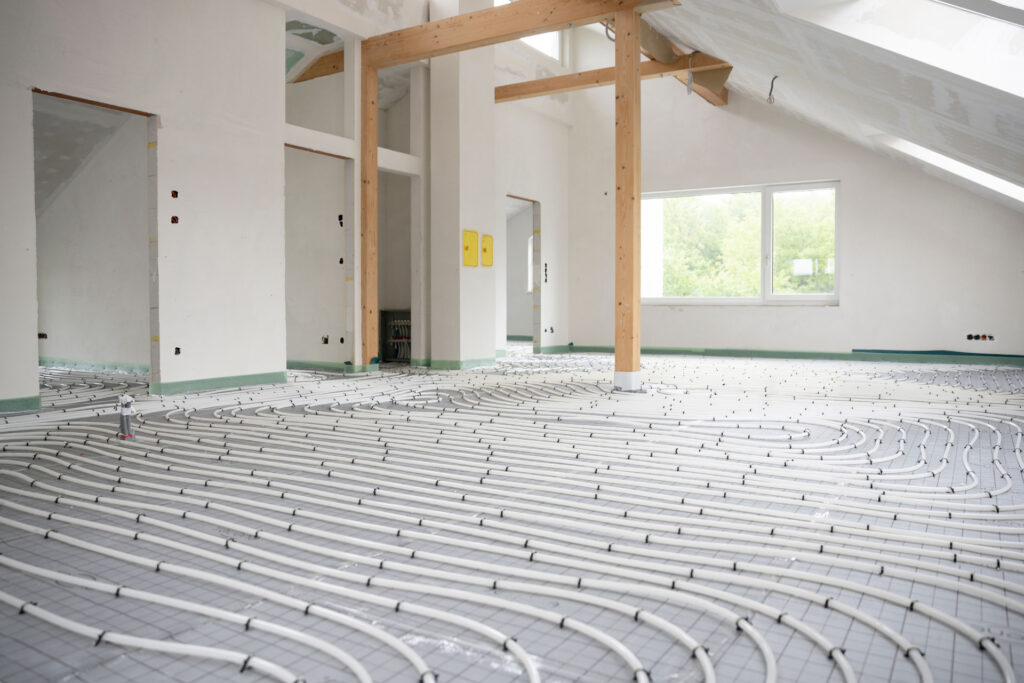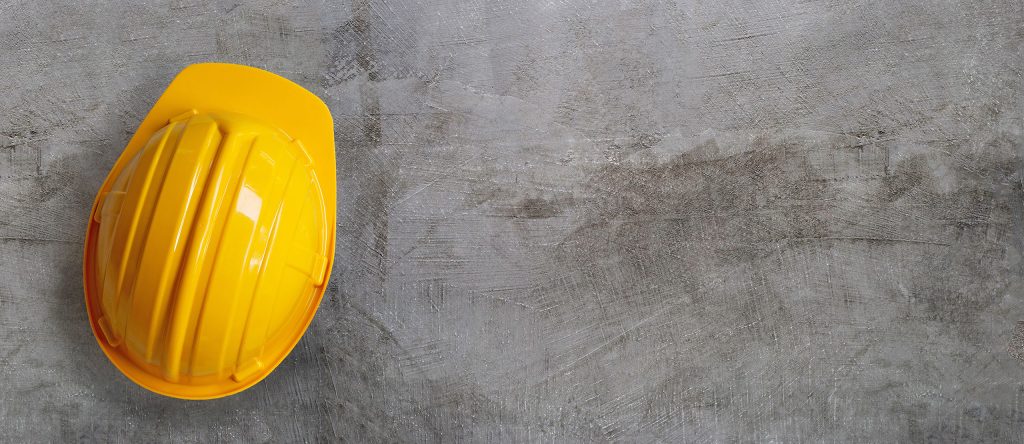Concrete epoxy coatings are a popular choice for providing durable, high-performance surfaces that are resistant to abrasion, chemicals, and wear. These coatings create a seamless, attractive finish ideal for industrial, commercial, and residential floors. They are also valued for being easy to clean and maintain. Epoxy is available in a variety of colors, textures, and finishes, which means it can enhance the beauty of concrete floors while matching all interior designs. Perhaps you are considering epoxy coatings in the coming months. What do you need to know about epoxy applications during the winter months?
Optimal Epoxy Application
The best time to apply epoxy is when temperatures are between 50 and 85 degrees Fahrenheit. Below 50 degrees, the epoxy becomes much thicker and is difficult to mix and apply, creating the risk of it not bonding properly to the substrate. Above 85 degrees, the epoxy coating cures too quickly, leading to bubbles, cracks, and peeling.
Does this mean that epoxy cannot be applied during winter months? Not at all! However, there are additional steps that a trained professional needs to complete.
Applying Epoxy in Wintertime
When epoxy resin and hardener come together, a chemical reaction begins. This reaction produces heat. In colder weather, the reaction slows down and curing time increases. Because of this, when applying epoxy floor coatings in temperatures under 50 degrees Fahrenheit, the surface and the epoxy resin need proper preparation.
First, the ambient air in the epoxy application area needs to be warmed up. This is done by turning the thermostat up or using radiant heaters to keep the temperature from dropping too low.
Second, warming the epoxy resin mixture will allow the natural chemical reaction to take place at a normal speed and keep the resin thinner so that it flows easier, creating a level coating that bonds well to the base. A professional installer may also choose to use epoxy coating materials specially formulated for cold area applications.
Third, the base substrate temperature also needs consideration. Water vapor condenses on cooler surfaces which affects the adhesion and cure of the epoxy. To avoid this challenge, the substrate temperature needs to be brought up to the ambient temperature prior to the epoxy application. Warming the surface is recommended with the use of portable heaters, hot air blowers, or heat lamps.
Following these suggestions will ensure a strong bond of the epoxy to the surface and reduce the curing time, allowing you to resume usual activities in your beautifully treated space.
Professional Epoxy Installers
As you can see, applying epoxy coatings in the wintertime is possible, however, it’s not recommended as a do-it-yourself project. A trained professional like the team at Nevada Custom Coatings has the knowledge, experience, and materials to ensure that your epoxy coating design is completed to your satisfaction. We offer free consultations, and lifetime guarantees for all of our work. Contact us via phone or our online form to ask us questions and schedule your appointment today!


